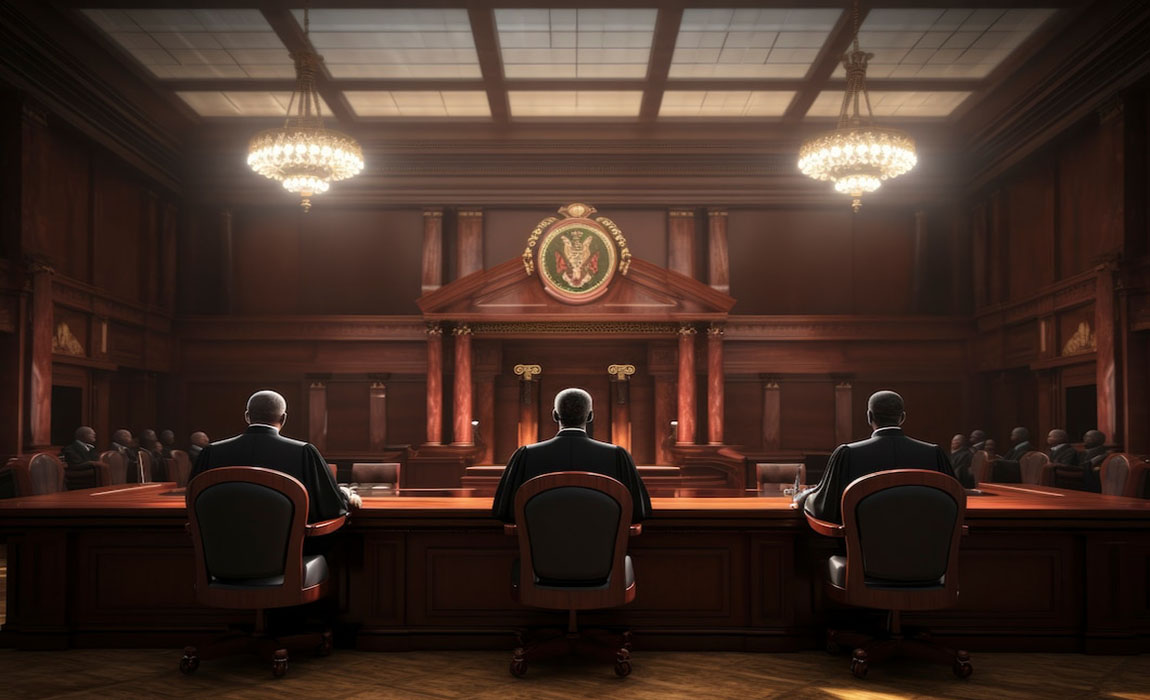
Difference Between Article 32 and Article 226
In India’s constitutional framework, Article 32 and Article 226 stand out as two powerful tools for the protection of fundamental rights and enforcement of legal duties. These Articles empower individuals to approach the courts when their rights are violated or when public authorities fail to perform their duties. Although they appear similar in spirit, they differ significantly in scope, nature, and jurisdiction. Understanding the distinction between the two is essential for anyone aspiring to enter the judicial service or practice constitutional law.
Let us begin with Article 32, often referred to as the "heart and soul" of the Constitution, as famously described by Dr. B.R. Ambedkar. This Article gives every citizen the right to move the Supreme Court directly for the enforcement of their fundamental rights. It is not merely a legal provision—it is a guaranteed right in itself.
If any of the rights under Part III of the Constitution (such as equality, freedom of speech, protection against discrimination, etc.) are violated, the aggrieved person can approach the Supreme Court under Article 32 and seek redress.
The key point to note here is that Article 32 is available only for the violation of fundamental rights. It is not a general remedy. Also, it can be invoked only before the Supreme Court. The Constitution even makes it a duty of the Court to entertain such petitions. This Article is enforceable as a fundamental right itself, and Parliament cannot suspend it, except during a national emergency.
On the other hand, Article 226 is wider in scope. It empowers the High Courts to issue writs for not only the enforcement of fundamental rights but also for "any other purpose"—which includes the enforcement of legal rights, statutory duties, and administrative accountability. This makes Article 226 broader than Article 32.
For example, if a government body fails to provide benefits under a welfare scheme, or if a municipal authority fails in its statutory duty, a citizen can approach the High Court under Article 226 even though no fundamental right is violated. This shows how Article 226 acts as a guardian of both legal and constitutional rights.
Another major difference lies in jurisdiction. Article 32 can be invoked only before the Supreme Court, whereas Article 226 is enforced by the High Courts within their respective territorial jurisdictions. In practice, citizens usually prefer approaching High Courts under Article 226 because it is more accessible and less costly than moving the Supreme Court.
Further, Article 226 is discretionary in nature. The High Court may refuse to entertain a petition under certain conditions—for example, if an alternative remedy is available, or if the petitioner has delayed filing the petition. In contrast, Article 32 is a fundamental right, and the Supreme Court cannot refuse to entertain a petition on the ground of discretion.
It is also worth noting that the High Courts can issue writs against private bodies discharging public duties, whereas the Supreme Court under Article 32 normally issues writs against State or public authorities.
In conclusion, Article 32 and Article 226 serve different but complementary purposes. Article 32 is a direct and guaranteed remedy for violation of fundamental rights and operates at the national level through the Supreme Court. Article 226, meanwhile, operates at the regional level through the High Courts and provides a broader platform for justice by covering both constitutional and legal violations.
Together, they form the bedrock of constitutional remedies in India, ensuring that the rule of law is not a lofty idea but a practical reality. For a citizen, these Articles symbolize trust in the judiciary. For a judge, they represent a solemn duty to uphold justice. And for a law student or aspirant, they are vital lessons in how constitutional power and judicial responsibility go hand in hand.
